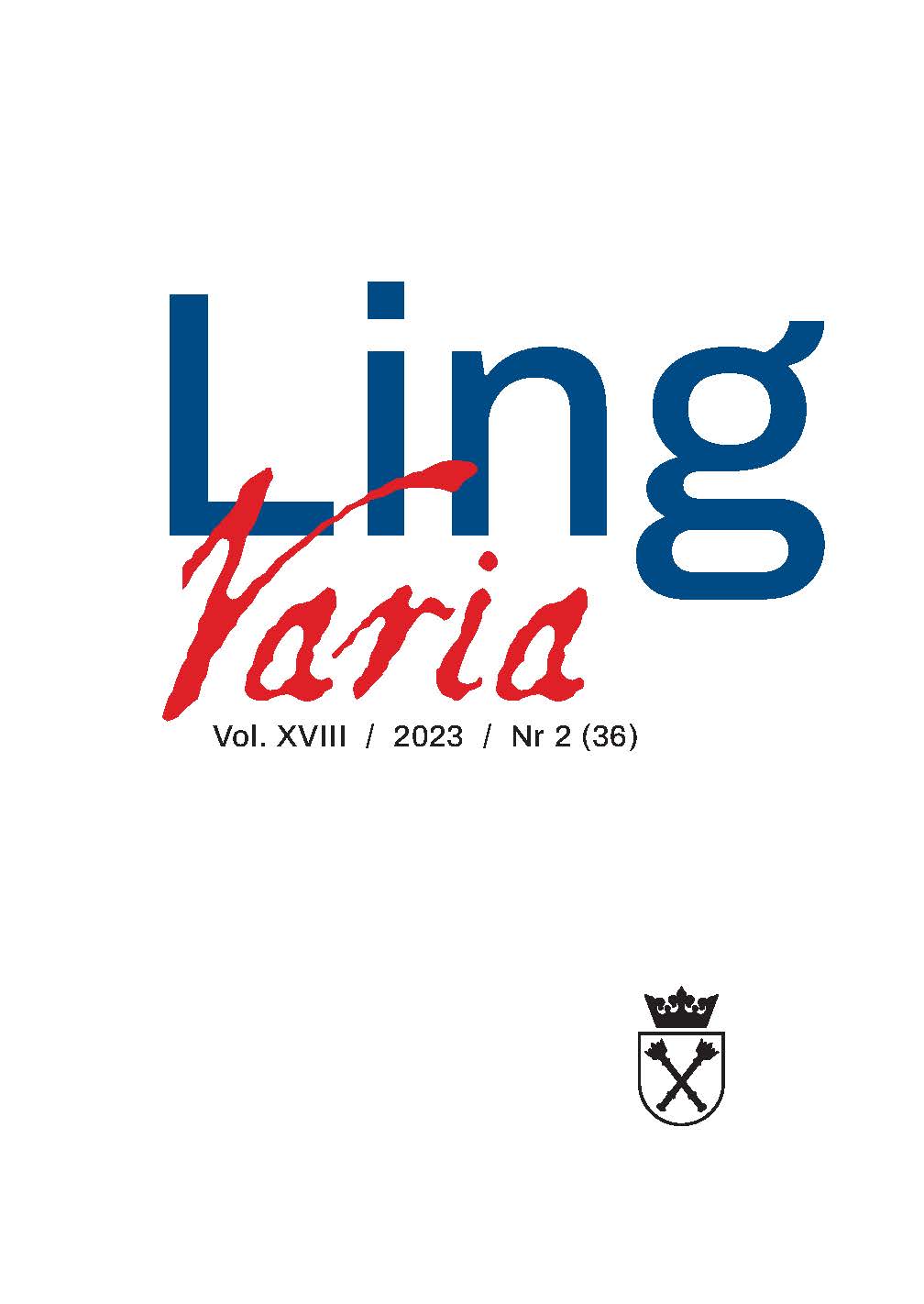O labializacji w języku polskim
On the Labialization in Polish Language
Author(s): Bogusław Dunaj, Mirosława MycawkaSubject(s): Language and Literature Studies, Phonetics / Phonology, Historical Linguistics, Western Slavic Languages
Published by: KSIĘGARNIA AKADEMICKA Sp. z o.o.
Keywords: history of language; phonetics; labialization
Summary/Abstract: The authors of the article attempted to answer several questions about the phenomenon of labialization: 1) What are the reasons for its absence in the Polish literary language?; 2) The time of the emergence of labialization; 3) Since when such pronunciation began to be treated as dialectal?; 4) What was the everyday pronunciation of writers at the turn of the 16th and 17th centuries? As for the first question, the authors are inclined to the thesis that the primary factor in the absence of labialization in the literary language was the influence of the Mazovian dialect, and an additional factor was the influence of Latin pronunciation. Labialization in southwestern dialects is an old phenomenon, having arisen at least in the 14th, and perhaps even as early as in the 12th century. Such pronunciation began to be treated as dialectal perhaps as early as the second half of the 16th century. The answer to the fourth question is that the writers of the second half of the 16th century and the beginning of the 17th century did not use dialects in their daily interactions although their language undoubtedly contained some regional elements that were more numerous than today.
Journal: LingVaria
- Issue Year: 18/2023
- Issue No: 36
- Page Range: 151-161
- Page Count: 11
- Language: Polish

